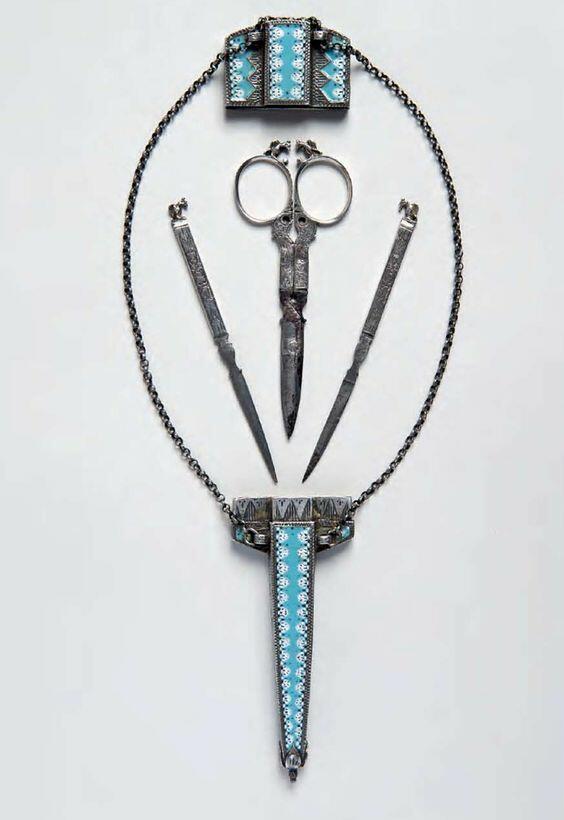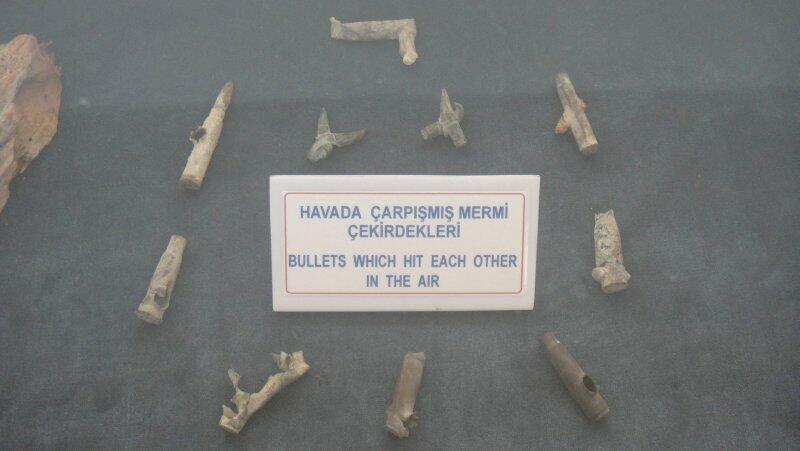
I believe that tools can be considered works of art when approached from two separate perspectives. The first is their aesthetic value. Utilitarian objects may have complex decorations, patterns, markings, various spots, and engravings. In some cases, the aesthetic elements are developed from the use of the tool and could transfer the object from a utilitarian to a work of art status (Fig. 1). The second perspective comes from the social and historical context that the tool may be a part of.
For example, bullets in a box do not have any explicit artistic meaning and are not likely to be considered an object of art. However, bullets that collided in mid-air can hold a symbolic meaning. They represent the conflict between nations and the chaotic nature of war, where even such small and fast objects as bullets can collide (Fig. 2).

I believe that both perspectives are valid because art can be experienced from various viewpoints. An object can be pleasant to look at. It may remind people of their past experiences, or make them think about the human condition. On the other hand, an object may tell a lot about the context in which it was created and used. In fact, I believe that almost any utilitarian object may be artful if it has a significant context.
It does not have to have any specific visual characteristics other than authenticity. Even things that are created today may be considered art in the future. A cheap dashboard camera may be used as a symbol of constant surveillance present in modern society. However, a beautifully designed utilitarian object can also serve as an art piece. For instance, home appliances from the 1960s were often designed with specific aesthetics in mind and can be very artful.
References
Çanakkale – pilgrimage to Gallipoli. (2017). Web.
Ginsburg, C. (2015). Costume, textiles, needlework. New York, NY: Cora Ginsburg LLC.